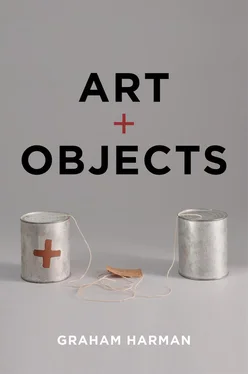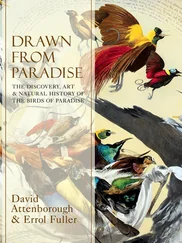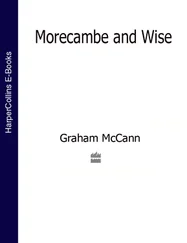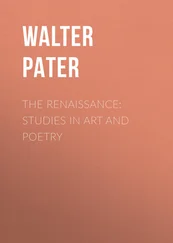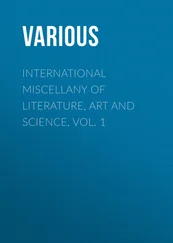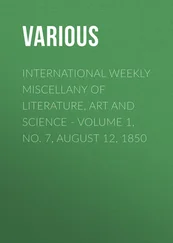Chapter 2(“Formalism and its Flaws”) offers a more detailed tour of Kant’s Critique of Judgment . The goal of this chapter is to pin down the strengths and weaknesses of that foundational book of modern aesthetics, which in most respects remains unsurpassed. I will claim that despite abundant discussion of that book, the basic principle of Kant’s aesthetic theory has been ignored more than overcome; for this very reason, it continues to draw us back into its midst, like a black hole capturing fugitive satellites. Among other things, I will claim that Kant’s distinction between the beautiful and the sublime does not hold. There is in fact no such thing as the sublime, assuming we follow Kant in defining it as the absolutely large or powerful. As Timothy Morton has shown in Hyperobjects , there is something deeply anthropocentric about absolutes and infinities: which Kant might be the first to admit, given his surprisingly human-centered interpretation of the sublime. 28Infinity has recently returned to philosophy in the works of Alain Badiou and his student Meillassoux, through their intriguing shared debt to the transfinite mathematician Georg Cantor. 29Yet I am inclined to agree with Morton that very large finite numbers are of greater philosophical interest than infinity. Certain kinds of beauty can provide an experience of gigantic finitudes without making an ultimately impossible passage to the non-existent sublime, which is replaced in OOO by the notion of the “hyperobjective.”
Chapter 3(“Theatrical, Not Literal”) considers the work of Fried, the most significant living figure in the formalist tradition despite his own continuing rejection of that term. I will claim that Fried’s critique of literalism is uncircumventable, though he uses “literal” in a more restricted sense than OOO. Any art that ventures too close to the edge of the literalist crater must find some way to avoid it, at the risk of its dissolution as art: this is the major problem faced by Dada, though not – I will argue – with its supposed brother Surrealism. But whereas Fried pairs literalism with theatricality, I hold that the two are polar opposites. Indeed, we avoid the literalist destruction of art in no other way than through the theatricality which alone brings art to life. There is the added complexity that for Fried theatricality is not something that can be straightforwardly avoided, given that there is no art without a beholder. Nonetheless, when speaking as a critic of contemporary art, “theatrical” remains Fried’s adjective of choice for works that fail to impress him, and I do not follow him in this usage.
In Chapter 4(“The Canvas is the Message”) we turn to Greenberg, focusing on the limitations specific to his powerful way of thinking. Turning away from an increasingly academic tradition of illusionist three-dimensional painting, the modernist avant-garde had to come to terms with the essential flatness of its medium: that of the background canvas. This shift to the flat background has at least two consequences. The first is Greenberg’s consistent denigration of pictorial content, which he tends to dismiss as mere literary anecdote that continues to suggest an illusion of depth. The second, seldom if ever noted, is that the flatness of the canvas background medium is also treated as a oneness devoid of parts. On the latter point Greenberg has much in common with Martin Heidegger, that tainted but central philosopher, who often ridicules the surface of the world and its various visible entities as “ontic” rather than ontological. Heidegger also shows a nagging reluctance to conceive of Being as pre-dispersed into numerous individual beings, whose multiplicity he tends to portray as merely the correlate of human experience. It is Greenberg’s version of this prejudice that prevents him from grasping the importance of pictorial content.
Chapter 5(“After High Modernism”) considers several of the most prominent ways in which the High Modernism championed by Greenberg and Fried has been rejected. I will focus here on those who do not play a significant role in other chapters of this book. Something should first be said about Harold Rosenberg and Leo Steinberg, two of Greenberg’s contemporaries, often portrayed as his rivals. I then turn to the more recent figures T.J. Clark, Rosalind Krauss, and Jacques Rancière; though of necessity my treatment of each figure can only give a rough indication of where my views differ from theirs.
In Chapter 6(“Dada, Surrealism, and Literalism”) we turn to Greenberg’s puzzling assertion that Dada and Surrealism are both forms of “academic” art. The problem with treating both movements in the same way is that, although they remain broadly linked in cultural history as overlapping currents of irreverent opposition, by Greenberg’s own principles they lead in opposite directions. While the Surrealists retain the traditional medium of nineteenth-century illusionistic painting in order to call our attention to astonishing content, Duchampian Dada offers the most banal content imaginable (bicycle wheel, bottle rack) in an attempt to challenge our sense of what counts as a valid artistic object. Using an analogy from Heidegger’s philosophy, I argue that Dada and Surrealism are diametrical opposites in how they go about dismantling literalism, while arguing further that they are not radical departures from the history of Western art.
Chapter 7(“Weird Formalism”) concludes the book. First, we consider the present state of art as surveyed by one well-informed observer: Hal Foster. Second, given that the most unusual claim of the first six chapters is that beholder and work theatrically constitute a new, third object, this chapter asks what the implications of this idea might be. As for the term “weird,” it is no empty provocation, but a technical term drawn by OOO from the fiction of H.P. Lovecraft. Weird formalism is a kind that pertains neither to the object nor the subject, but to the unmapped interior of their union.
1 1. Graham Harman, “Aesthetics as First Philosophy,” “The Third Table,” “Art without Relations,” “Greenberg, Duchamp, and the Next Avant-Garde,” “The Revenge of the Surface,” “Materialism is Not the Solution.” See also Timothy Morton, Realist Magic.
2 2. Harman, “Aesthetics as First Philosophy.”
3 3. Graham Harman, “On the Undermining of Objects,” “Undermining, Overmining, and Duomining.”
4 4. Harman, “The Third Table”; A.S. Eddington, The Nature of the Physical World.
5 5. Wilfrid Sellars, “Philosophy and the Scientific Image of Man.”
6 6. Harman, “Greenberg, Duchamp, and the Next Avant-Garde”; Graham Harman, Dante’s Broken Hammer; Clement Greenberg, Late Writings, pp. 45–49.
7 7. Robert Pippin, “Why Does Photography Matter as Art Now, as Never Before?”, p. 60, note 6.
8 8. Claire Colebrook, “Not Kant, Not Now: Another Sublime,” p. 145.
9 9. Melissa Ragona, personal communication, August 5, 2017. Cited with Ragona’s permission.
10 10. Hasan Veseli, personal communication, December 4, 2016. Cited with Veseli’s permission.
11 11. See especially Caroline Levine’s wonderful book Forms.
12 12. No less a figure than Hal Foster slips into the “fetishist” trope in The Return of the Real, pp. 108–109. See also his related attacks on OOO allies Jane Bennett and Bruno Latour in Hal Foster, Bad New Days, Chapter 5. Another recent example can be found in the second paragraph of J.J. Charlesworth and James Heartfield, “Subjects v. Objects.” For a general response to the claim that realism about objects is a form of fetishism, see Graham Harman, “Object-Oriented Ontology and Commodity Fetishism.”
Читать дальше
